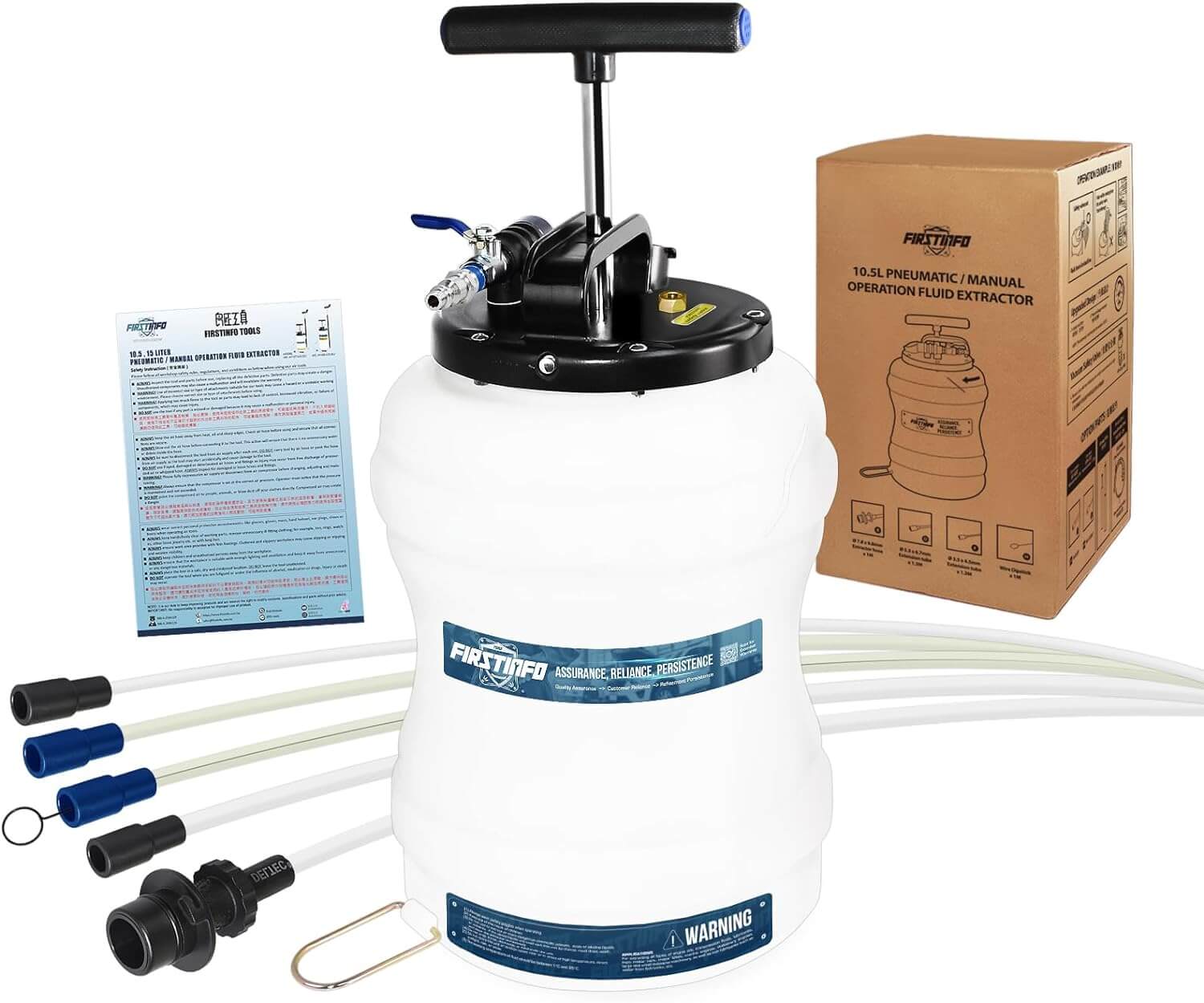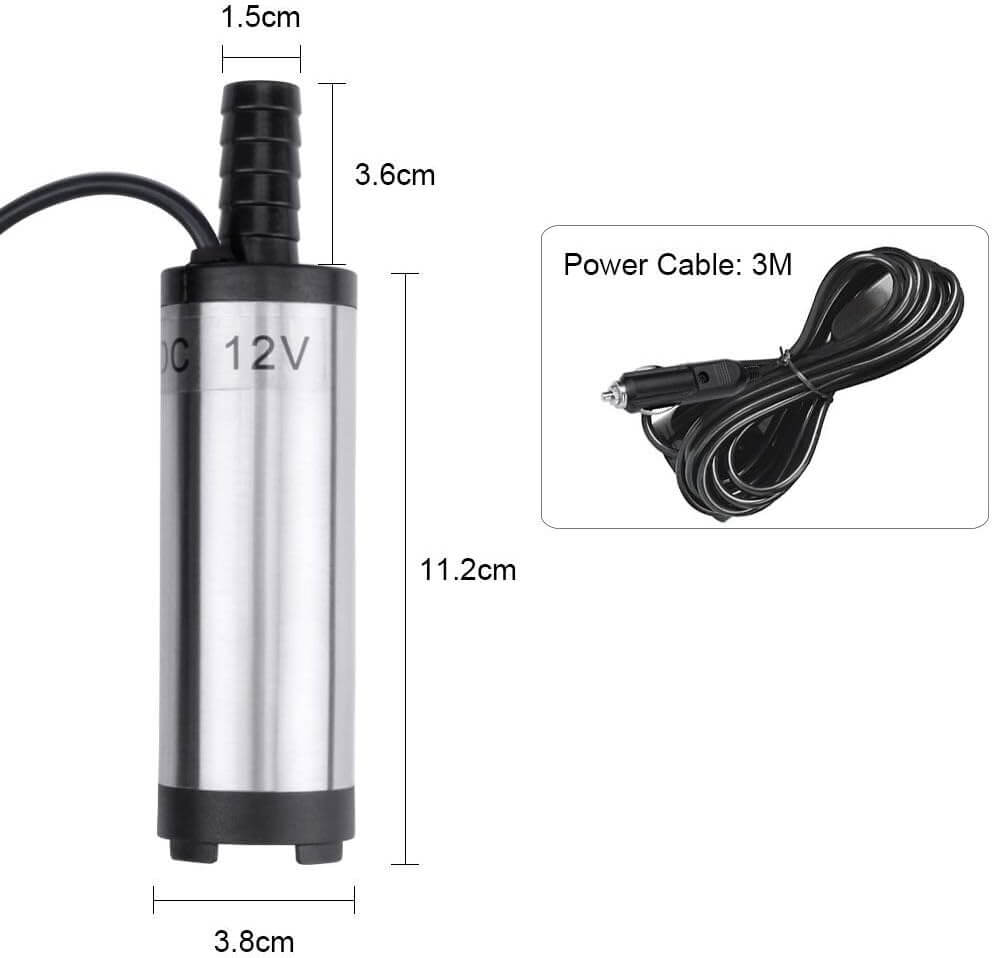Automotive Oils: Decoding The Labels.
Hey there! Have you ever wondered what all those cryptic codes and symbols on the labels of automotive oils mean? Well, wonder no more! In this article, we will explore the world of automotive oils and decipher the mysterious labels that can leave even the most experienced drivers scratching their heads. So buckle up and get ready to uncover the secrets behind those intriguing labels!
Different Types of Automotive Oils
Conventional Motor Oil
Conventional motor oil, also known as mineral oil, is the most traditional type of automotive oil. It is derived from crude oil through a refining process. Conventional motor oil provides sufficient lubrication to the engine, protecting it against friction and wear. It is suitable for engines that operate at normal temperatures and do not face extreme conditions. Conventional motor oil requires regular oil changes, typically every 3,000-5,000 miles, to maintain optimal performance.
Synthetic Motor Oil
Synthetic motor oil is engineered in a laboratory, using a combination of chemically synthesized compounds. It offers superior performance compared to conventional motor oil. Synthetic motor oil provides better protection against engine wear, even under high temperatures and extreme conditions. It also promotes fuel efficiency and longer engine life. Synthetic motor oil has a longer oil change interval, typically ranging from 7,000-10,000 miles, depending on the manufacturer’s recommendations.
Synthetic Blend Motor Oil
As the name suggests, synthetic blend motor oil is a combination of conventional and synthetic motor oils. It offers some of the benefits of synthetic oil at a more affordable price. Synthetic blend motor oil provides improved engine protection, better performance in extreme temperatures, and enhanced fuel efficiency. It is a popular choice for vehicles that require a higher level of performance than conventional oil can provide but do not require the full benefits of synthetic oil.
High-Mileage Motor Oil
High-mileage motor oil is specifically formulated for vehicles with higher mileage, typically those that have exceeded 75,000 miles. It contains additives that help reduce leaks, prevent engine wear, and minimize oil consumption. High-mileage motor oil can also help restore engine seals and reduce oil burn-off. It is designed to address the unique needs of older engines and extend their longevity. High-mileage oil is available in both synthetic and conventional formulations.
Viscosity Ratings
Understanding Viscosity
Viscosity is a measure of an oil’s resistance to flow. It determines how thick or thin the oil is at different temperatures. Understanding viscosity is crucial in selecting the right oil for your engine. The Society of Automotive Engineers (SAE) assigns viscosity ratings to oils, representing their flow characteristics. The lower the viscosity rating, the thinner the oil, and the higher the rating, the thicker the oil. Viscosity is typically denoted with two numbers, such as 5W-30, with the first number representing the oil’s viscosity at low temperatures and the second number representing its viscosity at normal operating temperatures.
Single-Grade vs. Multi-Grade Oils
Single-grade oils have a fixed viscosity rating and are ideal for engines that operate under constant temperature conditions. They are represented by a single number, such as SAE 30. Multi-grade oils, on the other hand, have a viscosity rating that adjusts with temperature variations. They offer better protection during cold starts and maintain optimal viscosity at normal operating temperatures. Multi-grade oils are denoted with two numbers, such as SAE 5W-30. They are the most common choice for modern engines.
Viscosity Index (VI)
The viscosity index is a measure of an oil’s resistance to viscosity changes with temperature fluctuations. Oils with a higher viscosity index are more stable and maintain their optimal viscosity across a wider temperature range. A higher viscosity index indicates that the oil will not thin out too much when hot or become too thick when cold. This is particularly important in areas with extreme temperature variations. The viscosity index is indicated on the oil label and can help you determine the oil’s performance in different weather conditions.
API Certification
Purpose of API Certification
API certification ensures that engine oils meet the standards set by the American Petroleum Institute (API). The certification is a mark of quality and indicates that the oil has undergone rigorous testing to ensure compatibility with modern engines. It also signifies that the oil meets the performance requirements of specific engine types and provides the necessary protection against wear, deposits, and corrosion. When choosing an oil, look for the API certification label to ensure you are selecting a high-quality product.
API Service Categories
API service categories classify oils based on their performance in specific engine types and operating conditions. The categories are denoted by a two-letter designation, such as API SN or API CK-4. Each category has different performance requirements, and newer categories typically provide improved engine protection and performance. It is important to refer to your vehicle’s owner’s manual or consult with an expert to determine the API service category recommended for your engine.
API Performance Ratings
API performance ratings further specify an oil’s performance based on its ability to meet specific criteria. The ratings are represented by a set of letters, such as GF-5 or CJ-4. Each rating addresses different aspects of engine protection, such as fuel efficiency, emission control, and compatibility with advanced engine technologies. API performance ratings ensure that the oil meets the necessary quality standards and provides optimal performance for your engine’s needs.
Society of Automotive Engineers (SAE) Specification
SAE Designation
The SAE designation is a system developed by the Society of Automotive Engineers to classify oils based on their viscosity ratings. The designation is denoted by a number followed by the letter ‘W’, which stands for winter, and another number representing the oil’s viscosity at normal operating temperatures. For example, SAE 5W-30 indicates that the oil has a viscosity of 5 at low temperatures and 30 at normal temperatures. The SAE designation helps ensure that you select an oil with the right viscosity for your engine and climate.
SAE J300
SAE J300 is a specification developed by the Society of Automotive Engineers that defines the viscosity grades for engine oils. The specification provides guidelines for classifying oils based on their low-temperature and high-temperature viscosity characteristics. It ensures consistent ratings across different oil brands, enabling consumers to compare viscosity ratings and select the appropriate oil for their engines.
SAE J306
SAE J306 is another specification developed by the Society of Automotive Engineers, specifically for gear oils. It provides guidelines for classifying gear oils based on their viscosity characteristics under different temperature and pressure conditions. The specification ensures that gear oils meet the necessary performance requirements and provide effective lubrication and protection for various types of gear systems.
Additive Package
Importance of Additives
Additives play a crucial role in enhancing the performance of automotive oils. They are chemical compounds added to the base oil to improve its lubricating properties, protect against wear, prevent deposits, and enhance overall engine performance. Additives also help oils maintain their viscosity over a wide range of temperatures, optimize fuel efficiency, and extend oil change intervals. The right combination and concentration of additives can significantly enhance an oil’s performance and protect your engine.
Common Automotive Oil Additives
- Detergents and Dispersants: Detergents and dispersants help keep engine components clean by preventing the buildup of deposits, sludge, and varnish. They work by suspending contaminants and preventing them from sticking to surfaces, ensuring optimal engine performance and longevity.
- Anti-Wear Agents: Anti-wear additives reduce friction and protect engine components from wear and tear. They form a protective layer on metal surfaces, minimizing contact and reducing the risk of damage, particularly in areas with high pressure or sliding friction.
- Friction Modifiers: Friction modifiers reduce friction between moving engine parts, improving fuel efficiency and reducing wear. They form a film on metal surfaces, reducing surface roughness and enhancing lubrication properties, especially under high-load conditions.
- Viscosity Index Improvers: Viscosity index improvers help oils maintain their optimal viscosity across a wider temperature range. They expand at high temperatures and contract at low temperatures, ensuring the oil remains within the desired viscosity range in different weather conditions.
- Pour Point Depressants: Pour point depressants prevent oil from thickening and solidifying at low temperatures, allowing for easy starting and adequate lubrication even in cold weather. They modify the crystal structure of the oil, lowering its pour point and improving flow properties.
Base Oil
Base Oil Types
Base oil is the primary component of automotive oils and serves as the foundation for additive compounds. Base oils can be classified into five main types based on their refining methods and composition: Group I, Group II, Group III, Group IV, and Group V.
Group I Base Oils
Group I base oils are the most basic and least processed form of base oils. They are derived from crude oil through simple refining methods, such as solvent extraction or solvent dewaxing. Group I base oils have a lower viscosity index and lower performance compared to other groups. They are typically used in less demanding applications or as ingredients in blended oils.
Group II Base Oils
Group II base oils undergo more extensive refining processes to remove impurities and improve their performance. They have a higher viscosity index, better oxidation stability, and improved overall quality compared to Group I base oils. Group II base oils are commonly used in various automotive applications and meet the requirements of most modern engines.
Group III Base Oils
Group III base oils undergo even further refining than Group II base oils. They have a higher viscosity index, superior oxidation stability, and better overall performance. Group III base oils can often meet the performance requirements of synthetic oils, and they are commonly used as a cost-effective alternative to fully synthetic oils.
Group IV Base Oils
Group IV base oils, also known as polyalphaolefins (PAOs), are fully synthetic base oils. They are chemically engineered to offer exceptional performance and high-temperature stability. Group IV base oils have a very high viscosity index and provide excellent lubrication properties even under extreme conditions. They are commonly used in high-performance and high-temperature applications.
Group V Base Oils
Group V base oils include various base oils that do not fall into the other four categories. They can be synthetic or mineral in nature and are often used as specialty additives to enhance the performance of other base oils. Group V base oils include esters, polyalkylene glycols (PAGs), and other specialized compounds.
Oil Change Intervals
Recommended Oil Change Intervals
The recommended oil change intervals vary depending on the type of oil, engine type, and driving conditions. As a general guideline, conventional motor oil should be changed every 3,000-5,000 miles, while synthetic motor oil can typically go up to 7,000-10,000 miles before requiring a change. High-mileage motor oil may have specific recommendations for older engines and higher-mileage vehicles, usually ranging from 5,000-7,500 miles. It is essential to refer to your vehicle’s owner’s manual or consult with the manufacturer for specific oil change recommendations.
Manufacturer Recommendations
Manufacturers often provide specific oil change recommendations for their vehicles based on extensive testing and research. These recommendations take into account factors such as engine design, performance requirements, and driving conditions. It is advisable to follow the manufacturer’s recommendations to ensure optimal engine performance, longevity, and warranty compliance. Failure to adhere to the recommended oil change intervals may result in reduced engine performance, increased wear, and potential warranty voiding.
Driving Conditions and Oil Change Frequency
Driving conditions can significantly impact the frequency of oil changes. Severe driving conditions, such as towing heavy loads, driving in extreme temperatures, frequent stop-and-go traffic, or driving on dusty or unpaved roads, can cause the oil to deteriorate more quickly. In such cases, more frequent oil changes may be necessary to maintain optimal engine protection. It is important to consider your typical driving conditions and adjust the oil change frequency accordingly to ensure maximum engine performance and longevity.
Compatibility and Performance
Compatibility with Older Engines
When choosing an automotive oil, it is crucial to consider its compatibility with older engines. Older engines may have specific requirements or limitations that need to be addressed to ensure optimal performance and longevity. High-mileage motor oils, for example, are specifically formulated to meet the unique needs of older engines, such as reducing leaks and preventing wear. It is important to consult with your vehicle’s manufacturer or a trusted mechanic to determine the most suitable oil for your specific engine.
Compatibility with Catalyst-Equipped Vehicles
Catalytic converters are essential components of modern vehicles’ exhaust systems. They help reduce harmful emissions by converting pollutants into less harmful substances. Certain additives in automotive oils, such as phosphorus, sulfur, or ash-forming compounds, can be detrimental to the catalytic converter’s performance. It is crucial to choose oils that meet the manufacturer’s specifications and do not contain additives that can damage the catalytic converter. Selecting oils with the appropriate API certification and the recommended API performance rating can help ensure compatibility with catalyst-equipped vehicles.
Performance under Extreme Conditions
Automotive oils are subject to various extreme conditions that can impact their performance. These conditions can include high operating temperatures, extreme cold, heavy loads, and prolonged periods of operation. It is important to choose oils that can withstand these extreme conditions and still provide adequate lubrication and protection to the engine. Synthetic oils, for example, are known for their ability to maintain optimal viscosity and performance even under extreme temperatures. Considering the climate, driving conditions, and specific requirements of your engine can help you select an oil that will perform reliably under the conditions you encounter.
Packaging Information
Container Size
Automotive oils are available in various container sizes to accommodate different needs and preferences. Common container sizes include quarts, gallons, and five-gallon containers. The choice of container size depends on factors such as the frequency of oil changes, the amount of oil required by your engine, and storage considerations. It is important to refer to your vehicle’s owner’s manual for the recommended oil capacity to ensure you purchase the appropriate container size.
Recommended Applications
Automotive oils are designed for specific applications, including gasoline engines, diesel engines, motorcycles, and various types of vehicles and machinery. It is crucial to select an oil that is recommended for your specific application to ensure optimal performance and compatibility. The oil label or product description will typically indicate the recommended applications and help you choose the right oil for your needs.
Additional Usage Instructions
Some automotive oils may come with additional usage instructions or recommendations. These instructions may include guidelines for oil disposal, handling precautions, or specific usage recommendations for certain vehicles or engines. It is important to read and follow these instructions carefully to ensure the safe and proper use of the oil. Adhering to the manufacturer’s recommendations can help maximize the oil’s performance and protect your engine.
Environmental Impact
Recycling and Disposal
Proper recycling and disposal of automotive oils are crucial to minimize their impact on the environment. Used oil can be recycled and re-refined, reducing the need for new oil production and minimizing waste. Many automotive service centers, local recycling centers, and oil change facilities accept used oil for recycling. It is important to collect used oil in appropriate containers and ensure it is not mixed with other substances. Additionally, it is essential to follow local regulations and guidelines for oil disposal to prevent contamination and environmental damage.
Biodegradable Oils
Biodegradable oils are environmentally friendly alternatives to traditional automotive oils. These oils are derived from renewable sources and are designed to break down naturally over time, without harming the environment. Biodegradable oils offer similar performance characteristics to conventional oils and can be used in various applications, including small engines, marine engines, and environmentally sensitive areas. When selecting biodegradable oils, it is important to ensure they meet the necessary specifications and performance requirements for your specific engine or application.
Environmental Certifications
Some automotive oils may carry environmental certifications or labels that indicate their compliance with specific environmental standards. These certifications validate that the oil meets certain criteria for sustainability, reduced environmental impact, or compliance with specific regulations. Examples of environmental certifications include the American Society for Testing and Materials (ASTM) D7566 for aviation biofuels and the European Ecolabel for environmentally friendly products. Choosing oils with recognized environmental certifications can help support sustainable practices and reduce your carbon footprint.


